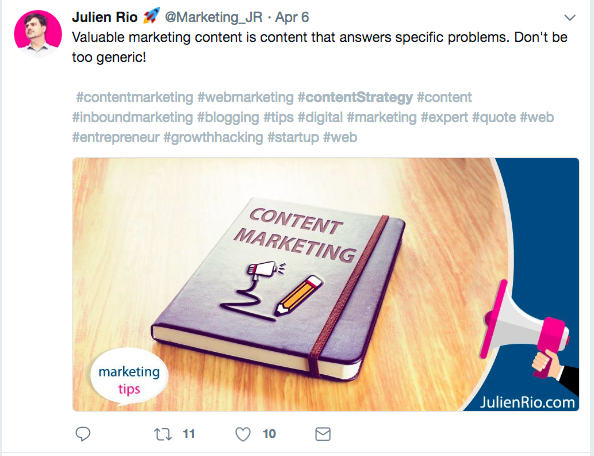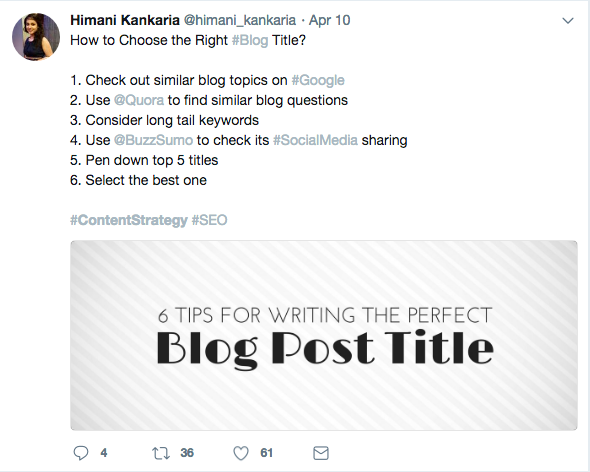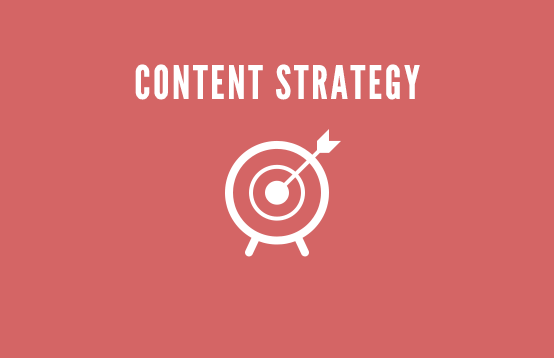
(Source)
English 457: Social Media for Social Good made fantastic use of all three of its required textbooks. Perhaps this is due to how the class incorporated reading assignments directly into blog postings and real world exercises. You had to apply what you learned about in the reading directly to an assignment due that week. This aspect became even more pronounced in our second half semester assignment coordinating with a local nonprofit and constructing an assessment and strategic analysis. While creating the report for Bonanzaville, I found I had to keep all three resources in mind.

It’s a bit hard to compare the texts because each book has its own specialty. Social Media for Social Good by Heather Mansfield focuses on nonprofits specifically. Even though it was written in 2012, it’s still pretty relevant. It was probably the easiest to read due to how many of its chapters were structured as “Top Ten” style lists. Chapter 5 and its section “Eleven YouTube Best Practices for Nonprofits” in particular proved handy for developing my screencast. I still can’t get over how I analyzed the Red Cross website and social media branches for almost 30 minutes with almost no notes. Not too long ago I couldn’t even make a five-minute speech about myself without reading it word for word off a sheet of paper. I credit Mansfield’s book for providing a template and structure that contributed mightily to successfully creating my first real vlog.
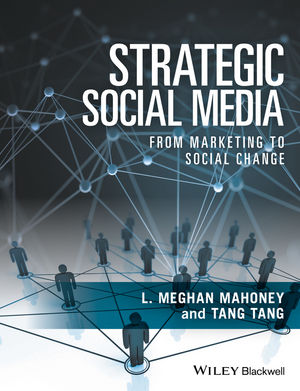
As the semester continued, I found myself appreciating the case studies and scientific approach to studying social media found in Strategic Social Media by L. Meghan Mahoney and Tang Tang. In fact, I may have quoted this book the most. I also found that the content of the book intersected with business, marketing, and human psychology. It made me realize that social media is more than just posting memes and links and arguing about politics with friends and family, but a bridge that crosses many fields and disciplines. The sections about the hierarchy of buying, the message diffusion process, and the keys to building a community (which I mention in my Midterm Exam #1 blog posting) through social media proved very valuable.
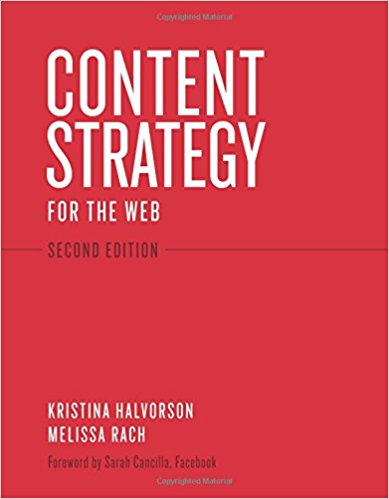
Content Strategy for the Web, by Kristina Halvorson and Melissa Rach was probably the most accessible and relevant to our assignments in the second half of the course. It’s one of those books that you’ll want to keep nearby for quick reference no matter how much of an expert you become in social media in the future. Even though the content is somewhat technical, it doesn’t read like a dry textbook. I found myself highlighting often as I read through the e-book version. Here’s a few key passages, and what I learned from them.
Chapter 5. Audit
This valuable chapter discusses an important activity when it comes to assessing your content strategy: the all-important audit. The chapter defines this on page 47, saying, “A web content audit is an accounting of the content your organization currently has online.” While this information was used primarily for my work with the nonprofit museum Bonanzaville and the audit assignment we had to complete, it also caused me to reevaluate how I presented myself online through my social media channels. Was I taking advantage of my new LinkedIn account? What about my resume? How does this reflect on me and the skills and abilities I have? What about Twitter? Content Strategy also showed me the importance of using hashtags on Twitter, which help position your tweets not just as lone islands, but as part of a bigger conversation many others are participating in. But Chapter 5 prompted me to make a complete overhaul in how I represented myself and used the internet. It may have also been the final nudge that lead me to creating a portfolio website.
Chapter 7. Core
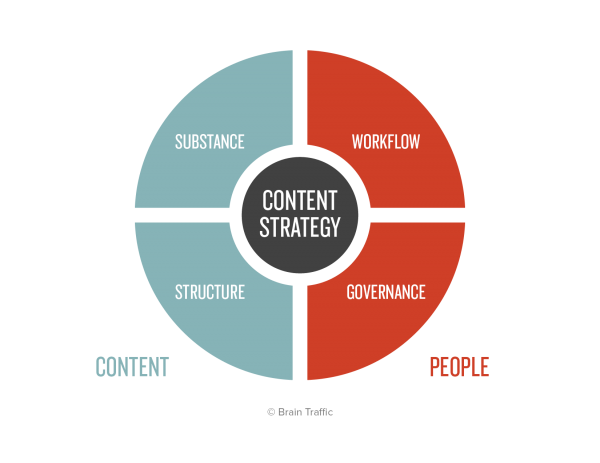
Building on my interest in creating a “blogfolio,” this chapter helped me focus on developing a core strategy that would govern the type of content I would post. The book states on page 95, “Again, your content strategy defines how an organization (or project) will use content to achieve its objectives and meet its user needs.” It then proceeds to provide a blueprint for what makes an “effective core strategy,” (96) including such attributes as being:
- Flexible
- Aspirational
- Memorable
- Motivational
- Inclusive
This made me consider my portfolio in a more strategic fashion. What are my objectives? What do I hope to achieve by setting up a portfolio? What sort of content should I post? Like Chapter Five, the book’s information went far beyond the scope of the class assignment. But it also gave me a lot to consider during the close reading on Bonanzaville’s website, and has made me look at other websites more analytically. Now I look at a website and ask myself what it’s trying to achieve. What is its core strategy? Is it fully realizing this strategy with the content its posting? How might it be improved or refined? This analysis works wonders not only on websites, but all kinds of media, and can help give focus on your own content creation.
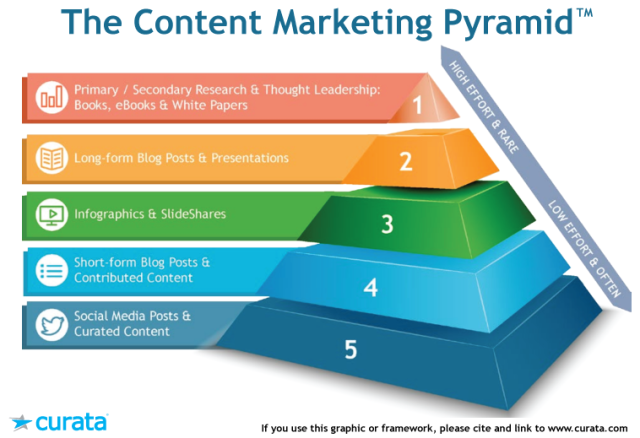
(Source)
In no particular order, here are a few more passages I highlighted from Content Strategy, and what I learned from them over the course of English 457:
“Your core strategy can be as short as one sentence.” (Pg. 99)
This reminds me of Rule #17 from Strunk and White’s classic book The Elements of Style, that states “Omit Needless Words.” Many people (including myself) overcomplicate things when it comes to the internet. But in truth the simpler you make things for yourself, the better it is overall. Incidentally, that is also true when it comes to screenwriting. One of the areas many new screenwriters struggle with when first starting out is making their stories needlessly complicated. They throw in too many characters. Incorporate messy subplots. And don’t drive the story with a singular narrative. But your best stories almost always have a pretty basic plot when you get right down to it. One of the best ways to determine how simple or complex your website (or screenplay) is to count how many words it takes you describe it, and whether anyone can understand it when you explain it to them.
“Chapter 9. People.” (Pg. 129)
In particular, the section “Individuals: The Responsible Parties” (pg. 135) that details the many different types of jobs and their roles in developing content for a website. As someone who’s kept numerous blogs in the past, I know it can get quickly complicated and overwhelming, especially when you factor in the competition. This chapter helped show the kind of staff and firepower you need to compete on the web today. It also gave me job titles to look out for while job hunting.
“Generally speaking, content is more or less worthless unless it does one or both of the following: 1.) Supports a key business objective, 2.) Fulfills your user’s needs.” (Pg. 6)
It doesn’t get any simpler than this, really. This information is very valuable for establishing an editorial standard for web content, which is something I happen to value a great deal. One thing you’ll notice in nearly all successful blogs and websites is that they have a specific focus on an audience, and generate content that caters strictly to that audience. Many bloggers think that they must try to appeal to everyone. I made that mistake early in my blogging years, trying to write stuff that appealed to one audience one day, and then trying to appeal to another the next. But it’s far better (and easier) to stick with a niche. I discovered this while writing my Dark Knight Rises blog. I wrote content strictly related to the then upcoming 2012 film. This included news articles, opinion pieces, and lists. Result: to date the website has received over 40,000 visitors, all with little to no promotion on my end. That website also showed me the importance of Google key words and SEO.
“Your content must help your audience do something—better, smarter, and with greater ease.” (Pg. 18)
If everyone followed this advice, there’d be a lot less fluff out on the internet.
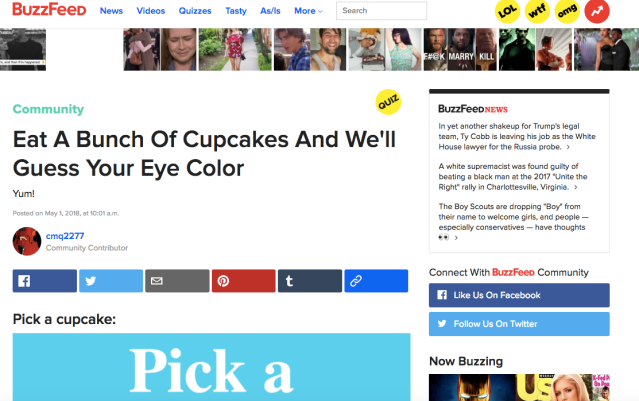
Collectively, all three required books for English 457 contributed to making this course a rigorous and highly informative one that has altered my view of social media as something less of a hobby and more a science. No matter what type of career you pursue these days, you almost certainly have to interact with some form of social media. I still remember the days when social media was generally considered something you wasted time on with your friends (though at least Myspace helped you learn HTML coding). But nowadays it has matured and become ubiquitous. Without an online profile you are practically invisible. Nearly every job search website like Indeed and Monster asks you to fill out applications through LinkedIn and Facebook. For someone like me who is interested in copywriting, screenwriting, novels, media, and marketing, it’s essential to maintain some form of web presence. I know I’ll definitely refer back to the three books we were assigned for this class in the future, while continuing to explore new resources on my own.



